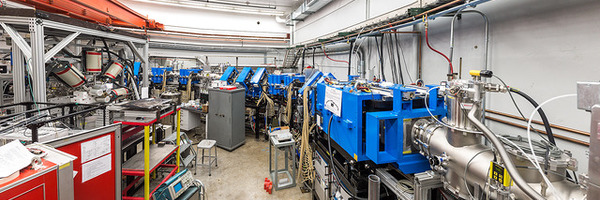
St. George
Proton and Helium radiative capture play significant roles in the stellar evolution and nucleosynthesis. Radiative captures have been studied since the dawn of nuclear physics yet, still today, measurement of the cross section of those reactions is regularly hampered by background either coming from cosmic rays, the natural room, or the beam induced background. A solution to minimize such background is to go deep underground like the CASPAR laboratory. Another way is the reverse the kinematics of the reaction. Instead of bombarding a target of a heavy element with a proton or helium beam, those elements now used as target while the heavy element is accelerated. Inverse kinematics in opposition to the standard light beam method. In inverse kinematics, the product of reaction are pushed forward in passed the target in a cone center around the beam that did not interact.
St. George is a recoil separator dedicated to the study of such reaction. It is coupled to the Santa Ana (5U) accelerator. It is specifically designed to study (α,γ) reaction produced by heavy beam with intensity up to 100 μA. The role of St. George is to conduct the product of reaction, the recoils, into a detection system while rejecting the beam particle that did not interact in the target. The biggest challenge here is that the number of recoil is of the order of a few per hour while the beam intensity is 1013 particles per second.